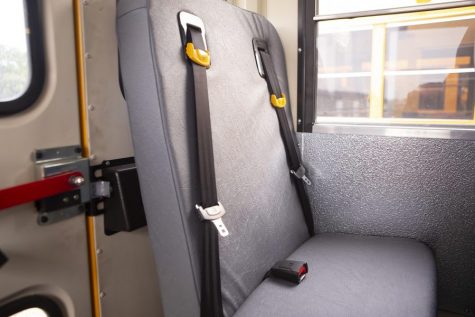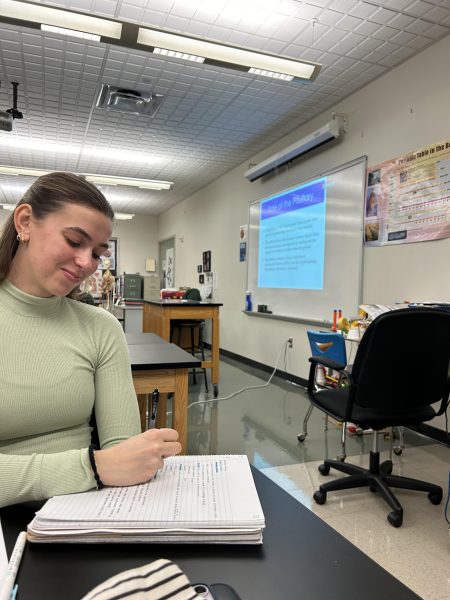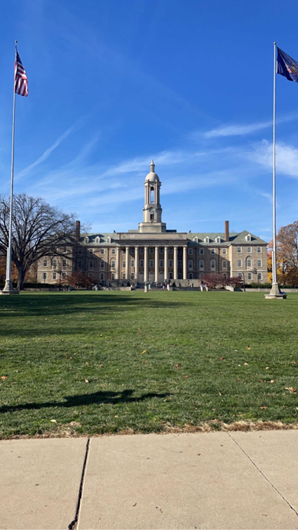Bus Safety: The Need for Seat Belts
February 28, 2021
Taking the bus to school almost every Monday through Friday from first grade to eleventh grade brought into question why we need seat belts in a car but not on a bus. Although school buses are the safest mode of transportation on land, even without seat belts, many have experienced hazards that could be completely eliminated or even reduced if seat belts were to be worn, yet only six states require them.
Many people would argue that seat belts aren’t necessary because school buses are large and incorporate a system called compartmentalization. Since school buses are so large, they distribute crash force differently than cars everyone drives daily. School buses also have closely-spaced seats with energy-absorbing seat backs that help to prevent injuries (School). More students are actually killed walking to and from the bus than in accidents while riding the bus. Many students may also not use the seat belts or misuse seat belts, which would make the money spent on the seat belts wasteful. However, even smaller school buses require that their passengers wear seat belts, which proves the need for them across all modes of transportation, even if the change in injuries and death is only slightly improved.
Though buses are big and only account for 128 deaths from crashes each year, seat belts can help to eliminate even more deaths as well as other small injuries (NCSA). It is proven that even on school buses, seat belts would help to reduce the severity of the injury as well as the probability of death due to the protection in rollover and side-impact crashes (Seat). seat belts also help to improve passenger behavior and eliminates some driver distractions, which is important for school bus drivers. The cost of seat belts is also nominal, so it would be worth it to install them with the hopes of proper use. Make a change to a safer ride to school by calling your local politicians today and in the meantime, always wear a seatbelt when possible.









